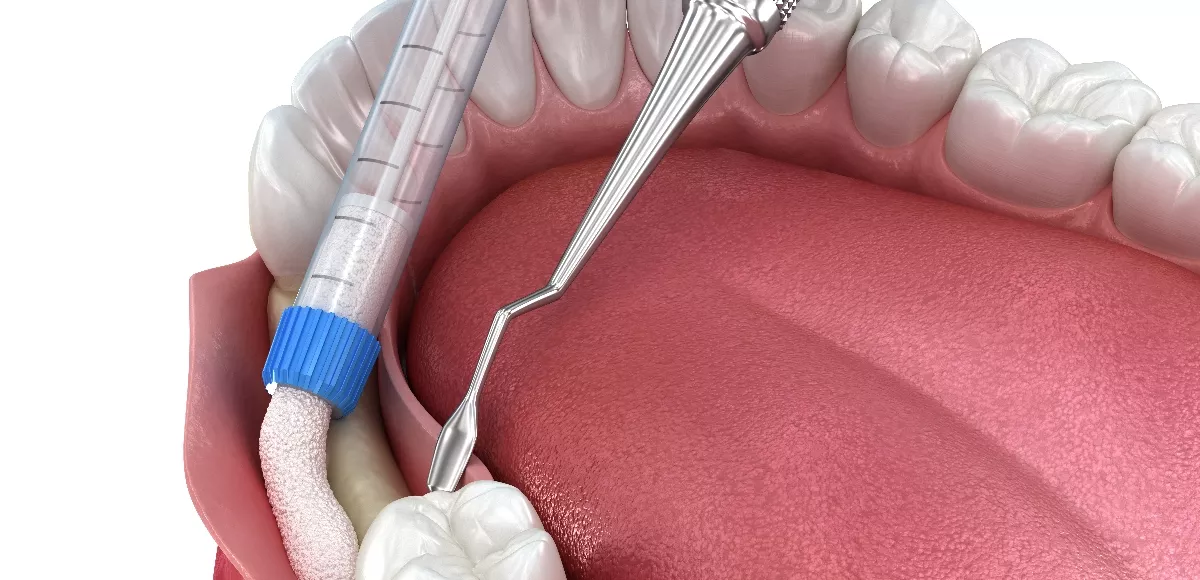While dental implants have been around for just over 50 years, they have quickly become the most popular choice for replacing missing teeth.
This unique treatment, which uses titanium posts to provide support for your new teeth, can be used to meet different needs. Unlike traditional treatments, dental implants require a surgical procedure.
The implant posts are inserted into your jawbone, where the bone then fuses to them to integrate them into your jaw. For dental implants to be successful, however, you need to have sufficient bone mass in your jawbone. If you currently lack the necessary bone mass to support implants, Optimum Oral Surgery & Dental Implantscan help with bone grafting.
The Effects Of Bone Loss On Dental Implants
Dental implants rely on your jawbone for stability and success. As you heal from surgery, your bone fuses to them in a process called osseointegration.
However, following tooth loss, your jawbone begins to lose bone mass. This occurs because your bone loses stimulation. Without your teeth to stimulate your jawbone, the body sends fewer nutrients to the jaw.
Your jawbone begins to lose bone mass and grow weak. If the bone is too weak, the bone may not be able to fuse properly to the implant posts.
In some situations, it may not be able to fuse at all. Placing implants in the weak bone can result in loose posts, unstable dental restorations, and even implant failure.
What Is A Bone Graft?
A bone graft is a surgical procedure that involves taking bone mass from another area of your body or a donor and transplanting it to the weak areas of your jaw.
In some situations, synthetic materials may also be able to be used. The goal of the procedure is to restore strength to your jawbone so that it can successfully support dental implants.
The Different Types Of Bone Grafts
There are several different types of bone grafts that may be used for your procedure:
- Autograft. An autograft uses bone mass harvested from your own body. The bone is typically taken from your hip or tibia. Because it is your own bone, there is no risk of disease transmission or rejection.
- Allograft. An allograft uses bone mass from a human donor. The bone is screened thoroughly prior to use to reduce the risk of complications. One of the greatest benefits of this procedure is that you only need one surgical site.
- Xenograft. A xenograft uses bone mass from a non-human species, typically a cow. The bone is processed at high temperatures to make it safe for use. Like an allograft, a xenograft only requires a single surgical site.
- Alloplast. An alloplast uses synthetic bone grafting materials, like demineralized bone matrix. Demineralized bone matrix uses collagen sponges soaked in the material to encourage new bone growth.
How Is A Bone Graft Performed?
A bone graft requires a surgical procedure, which is done under a local anesthetic and sedation. We begin by making small incisions in your gums to expose the weakened areas of bone underneath. The chosen graft material is then placed, and your gums are sutured closed.
Once you have fully healed from your surgery, and your bone has regained strength, the dental implant process can begin.
With a bone graft, sufficient bone mass can be restored to your jaw, increasing the success of dental implants. Call Optimum Oral Surgery & Dental Implants at (856)778-8686 today for more information and to find out if bone grafting is right for you.

